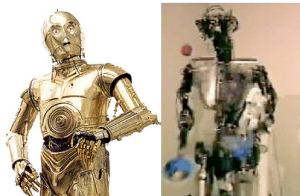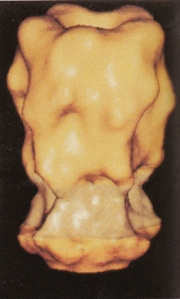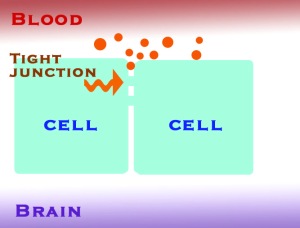Last week we talked about sensory feedback in robots. Now let’s take a moment to look deeper into sensory feedback in humans. I want to talk about a specific type of sensory feedback system called proprioception.
Neurologists often called our proprioceptive systems our hidden sixth sense, and in a lot of ways, they’re right to do so. Proprioception is an essential but little-thought-about system of feedback that gives our nervous systems information about the biomechanical position of our bodies. In other words, proprioception is the system of sensory feedback that tells us where and how active our body parts are in space. Neurobiologist T. J. Carew puts it this way: “Essentially, [proprioception] tells the central motor system how things are going out there in the peripheral world where the muscles are doing their job” (2000). Most of us take for granted that feeling of knowing where our feet, hands, etc. are around us, but we wouldn’t be able to so easily know without proprioception. In fact, you’d have to look around you to find your own hand if it weren’t for the small bundles of nerves that make up our proprioceptive systems. These nerve bundles are constantly at work monitoring the tension and activity of our muscles and sending information into the central nervous system about the direction, position, and tautness of our limbs. Even when you are simply standing, sitting, or lying down, these nerves are at work making sure your body knows where it is. And it’s a good thing our proprioceptive system is so dedicated—without this constant input of information telling our central nervous system what’s what with our bodies, we’d all behave a lot more like Jell-O than usual.
That’s not to say life doesn’t go on without proprioception, but it does get a lot more difficult. In fact, there are people who lose their proprioceptive systems and have to learn to compensate. Oliver Sacks (an author whom I highly recommend) describes one such woman in his book The Man Who Mistook His Wife for a Hat (1970). In the chapter entitled The Disembodied Lady, Sacks describes Christina—a woman who loses her sense of proprioception after a bacterial infection. Christina goes “floppy as a ragdoll,” with no sense of where her limbs are. She has to learn to compensate for her lack of proprioception by using visual sensory feedback for every motion. Everything she does—from sitting up to picking up a pencil—she must visually monitor or else she loses track and cannot perform the operation. Because she lacks proprioception, Christina lacks the ability to feel her body and is uncertain of where it is around her. She and other sufferers of proprioceptive deficits are permanently stripped of what is normally a natural certainty of one’s own body. Quite literally, they are disembodied people.
Carew, Thomas J. 2000. Behavioral Neurobiology. Sunderland (MA): Sinauer Associates, Inc.
Sacks, Oliver. 1970. The man who mistook his wife for a hat and other clinical tales. New York (NY): Harper & Row, Pub.




